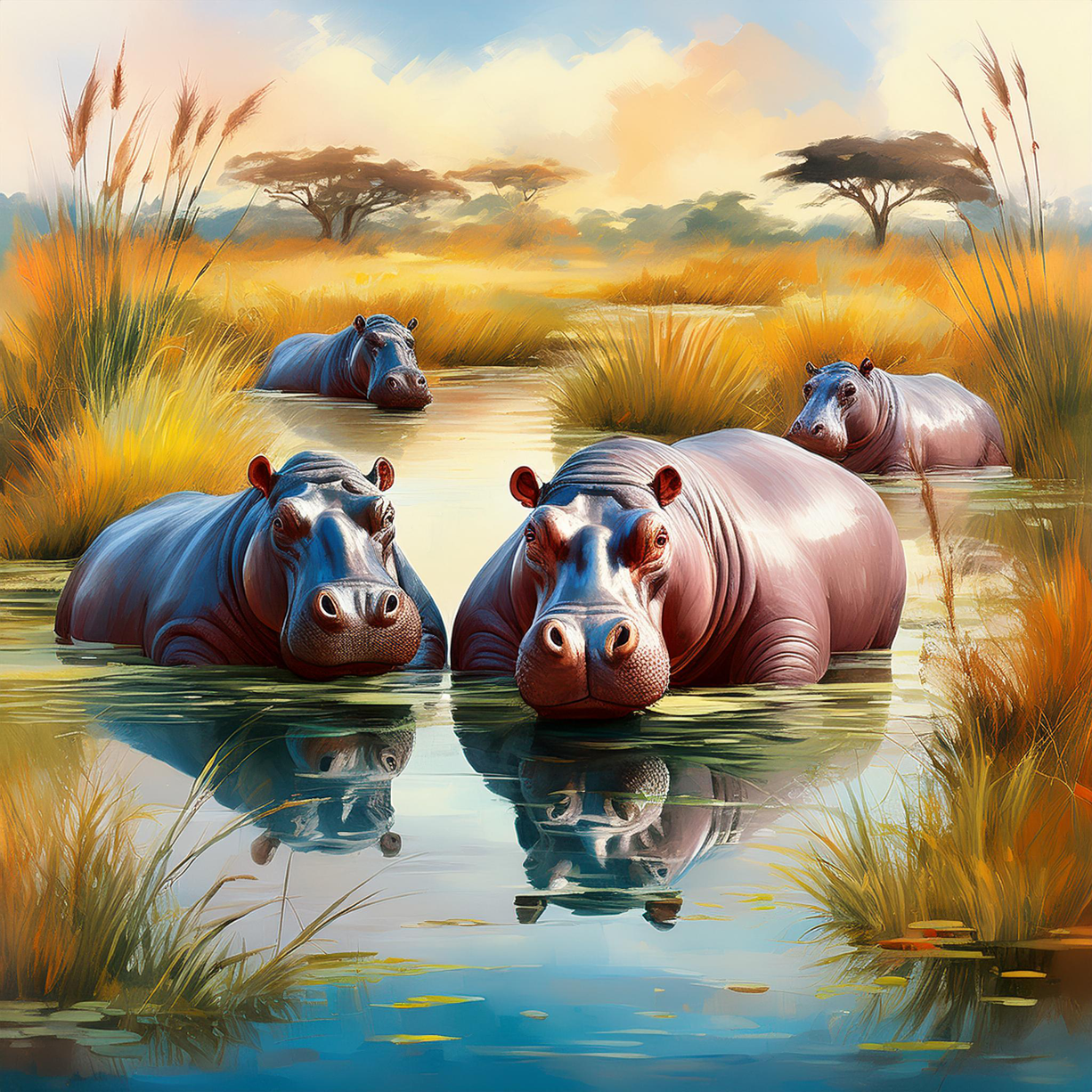Dr. Jean Bowman was now a new professor at the University of Pennsylvania. She received her PhD at Rutgers University in biochemical engineering. She graduated from the state school with dreams of saving lives. Now she was at a big Ivy League university and working among world renowned scientists. After 3 years as a postdoctoral fellow, the university had offered her a faculty position. Dr. J, as she affectionately became known to co-workers, was thrilled she had just received a small grant to develop vaccines for infectious diseases.
Immediately, Jean developed a collaboration with Dr. Omu Abara. Dr. Abara had just completed his studies and received his PhD in Tropical and Infectious Diseases from the University of Nairobi and invited Jean to join him at his lab in Kenya. He too wanted to make vaccines that would save lives. They both felt vaccines provided the best protection for children and to keep them healthy. Jean had a personal interest as well. Her father told her his mother died when he was only four years old. She died of the flu before vaccines had been discovered. It haunted her dad that doctors could not save his mother. After her arrival in Kenya, Omu and Jean spent her first day at the Institute for Primate Research in the Oloolua Forest. Their goal was to hammer out the basic vaccine design and experimental design. Two designs were outlined for testing. Their goal was to design a vaccine that could protect against disease after one shot. Some vaccines require a second dose called a booster. It’s always easier for children, they knew, if they could develop a vaccine that did not require a booster. They next decided they would test the vaccine’s effectiveness using primates, such as macaques, whose body chemistry is similar to humans. Omu told Jean the primates didn’t mind getting a shot and donating a little blood if they were getting bananas as treats. They needed blood samples from the primates to create an ELISA assay, which is a laboratory test used to determine the vaccine’s effectiveness, called efficacy. If there was a positive efficacy seen in the primates’ blood, Jean and Obu would see antibodies that were attacking the virus to prevent illness. That’s called an immune response.
Finally, after much work, they had a draft plan. Jean and Omu knew they were both exhausted and needed a break.
Since it was Jean’s first trip to Africa, Omu offered along with some of his co-workers to show Jean his beautiful country of Kenya. As Jean and a group of scientists were touring the countryside, they came to a beautiful site to enjoy. Omu told Jean to beware of lions. Lions often hide in the reeds around the water’s edge. What Jean was contemplating as she got out of the car, was how she might outrun a lion if needed. What Omu had not told Jean was he really wanted Jean to see the hippopotamuses that lived in the pond. Jean wandered near the water. As she quietly observed the beautiful scenery something unexpected happened.
Unbeknownst to Jean, one of the hippos was very territorial. As the other scientists were fully engrossed in discussion, the hippopotamus emerged from the pond with a tremendous splash and let out a loud roar. Jean, caught off guard by the sudden appearance of the gigantic hippo, stumbled backward, and let out a high-pitched scream.
Perhaps Jean scared the hippo as much as it scared her. It retreated and submerged into the pond again. The afternoon passed quickly and soon the sun dipped toward the horizon, painting the sky in hues of pink and orange. As the sun set, Jean pondered the future and their vaccine design. She and Omu hoped they could make a difference. It was a long day, but they needed to get more done. They planned to meet back at the lab the following day to hammer out more details of their experimental design.
There are two species of hippopotamus: the river, or common, hippo and the much smaller pygmy hippo. Hippos have unique skin that needs to be kept wet for a good part of the day. Staying out of the water for too long can lead to dehydration. So hippos try to remain in water during the day. They don’t have true sweat glands. Instead, hippos secrete a thick, red substance from their pores known as “blood sweat,” as it looks like they are sweating blood. But not to worry! The blood sweat creates a layer of mucous that protects hippo skin from sunburn and keeps it moist. It is thought that this mucus may also prevent infections. Even large wounds don’t seem to get infected despite the filthy water hippos sometimes encounter in their native habitat.
